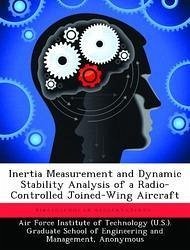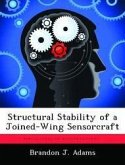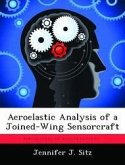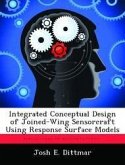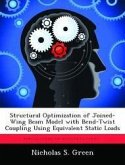Dynamic stability and stall during steady level turns were examined for VA-1, a joined-wing flight demonstrator aircraft. Configurations with a lower vertical tail and fairings over the main landing gear were compared with a recommendation on the combination had the best drag and dynamic stability characteristics. The dynamic stability analysis was broken into four key parts: a twist test experimentally measured mass moments of inertia, a panel method was used to find non-dimensional stability derivatives, lateral and longitudinal state space models estimated dynamic stability characteristics and handling quality levels were evaluated using a Cooper-Harper based rating system. VA-1 was found to have good longitudinal and lateral flight qualities for cruise flight. The lower vertical tail could be removed to reduce weight and drag without degrading dynamic stability. Spanwise lift coefficients for different wing sections in trimmed steady state turns at 50 and 55 degrees of bank were estimated to see which sections of the wing stalled first. The analysis revealed VA-1 can turn using bank angles less than 50 degrees without stall and that stall first occurred at the aileron, immediately outboard of the wing joint.
Bitte wählen Sie Ihr Anliegen aus.
Rechnungen
Retourenschein anfordern
Bestellstatus
Storno

